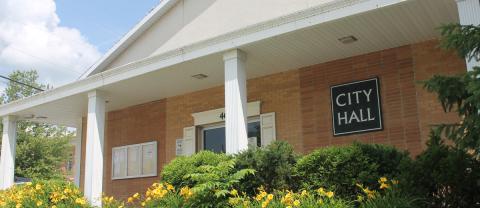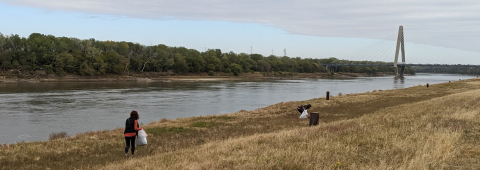You’ve probably noticed the air quality over the past few weeks – the region has been experiencing higher-than-usual numbers of ozone alerts and exceedances.
“I’m afraid that we are in for a very rough ozone season,” said Doug Norsby, senior environmental planner for the Mid-America Regional Council Air Quality Program. “We’ve been hit twice now with multi-day stretches of ozone pollution above the federal health standard, from June 3-9 and then again June 14-16. During this time, we even registered a red – unhealthy – 8-hour average at two monitors on June 6. The month continues to look troublesome as conditions are again set up for high ozone pollution levels this week.”
The first ozone exceedance of the 2023 season for the Kansas City region was less than a month ago on Thursday, May 25. While a little early in the season, it’s not uncommon to have weather conditions at that time of year result in a single-day exceedance, Norsby said.
However, beginning on Saturday, June 3, a very stable weather pattern coupled with local pollution began generating ozone levels above the federal air quality standard for health. For five straight days, our air quality exceeded federal pollution standards.
“After easing up briefly on Thursday, June 8, we got a final parting shot on Friday, June 9, before storms finally brought relief during the weekend,” Norsby said.
It was highly unusual. The Kansas City region has not experienced such an extended, consecutive number of days with poor air quality in more than a decade.
“Prolonged periods of poor air quality have come during the dog days of summer – after Independence Day, once we get into mid-July,” Norsby said. “I thought this summer would present a challenging July and August after this unusual jolt. I was thinking too far ahead. June was not done with us yet.”
Weather conditions supporting ozone production returned after the weekend and pollution again began to build. By Wednesday, June 14, the Kansas City metro once more had regional ozone levels above the health standard. “Just as we experienced in the week prior, the poor air quality stretched into multiple days,” Norsby said. We finally have some light winds coming this week, but those carry pollution from upwind. The combination of local and transported pollution means another tough week may be in store.







